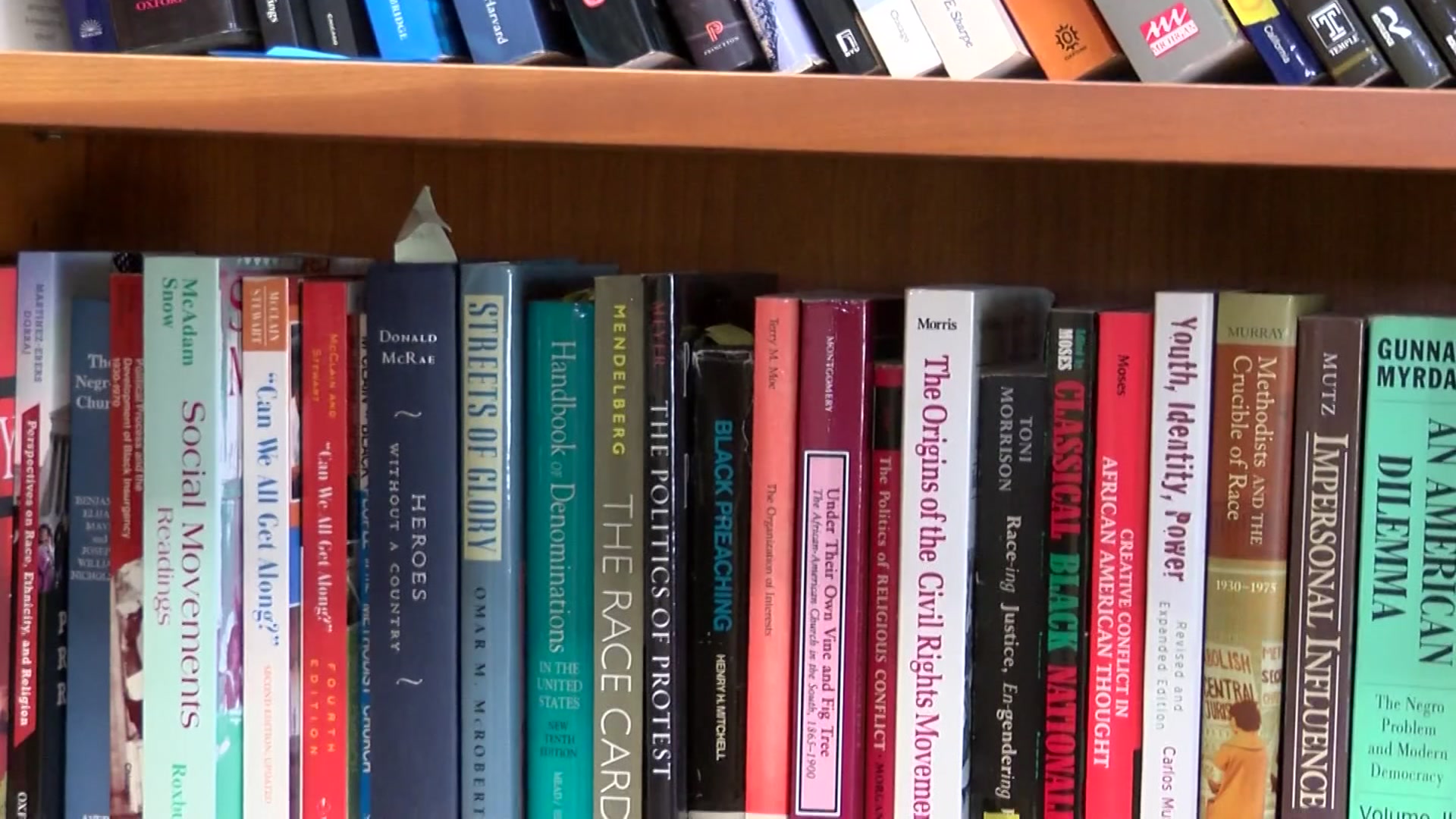Many cold cases have ended in conviction thanks to the DNA science of crime fighting.
At a time when many departments are being forced to cut back, San Diego County's Crime Lab is expanding thanks to a $400,000 federal grant.
Very simply, DNA puts criminals at crime scenes. Sometimes, that very DNA is the most compelling physical evidence in a case.
Over the years, the science has become so sophisticated that crime scene investigators can collect samples just from something the suspect touched.
This crime-fighting DNA tool is credited for lowering crime rates and providing peace of mind to the many victims of violent crime.
Take the July 2006 slaying of local mother, Tori Vienneau, and the hanging death of her son, Dean, killed in his crib exactly 10 months to the day he was born.
The brutal case stunned the San Diego community. While DNA testing didn’t solve the case, the science did point detectives in the right direction.
Local
DNA testing proved paternity and put investigators on the scent of their killer, Dennis Potts, baby Dean’s father.
Vienneau’s mother, Dayna Herroz, said she’s thankful for the break in the case.
“Part of the investigation was heading in a different direction completely,” Herroz recalled.
The San Diego County Crime Lab handled the mother and son’s case more than seven years ago. Today, 16 analysts work 125 cases per month with a backlog of 175 cases.
“It is probably the most important forensic tool that we have,” said Lab Director Mike Grubb.
Grubb said that at a time when other departments are cutting back, the federal government is investing in this technology because it has proven results.
“We've seen a decrease in crime rates nationwide over the last 10 or 15 years,” Grubb said.
Herroz is a true believer in the science of crime fighting.
“It can drive you crazy. It is probably the most painful thing anyone can through – the loss of a child,” she said.
Herroz – who’s now a crime victim-turned-advocate for the families of violent crimes – won’t get her beloved daughter back or grandson back, but said there is satisfaction in knowing the man responsible for the horrific killings is behind bars, serving life sentences.
“The trial is over. I don't have to worry about him. The appeal is over. I don’t have to worry about him,” Herroz told NBC 7 on Friday.
Meanwhile, the San Diego County Crime Lab will continue to use science to fight crime.
The bulk of the nearly $400,000 grant from the Department of Justice will be used to purchase a new genetic analyzer, a crucial tool that is used to prove that a DNA sample is unique. The rest of the funding will cover the much-needed overtime at the lab.



